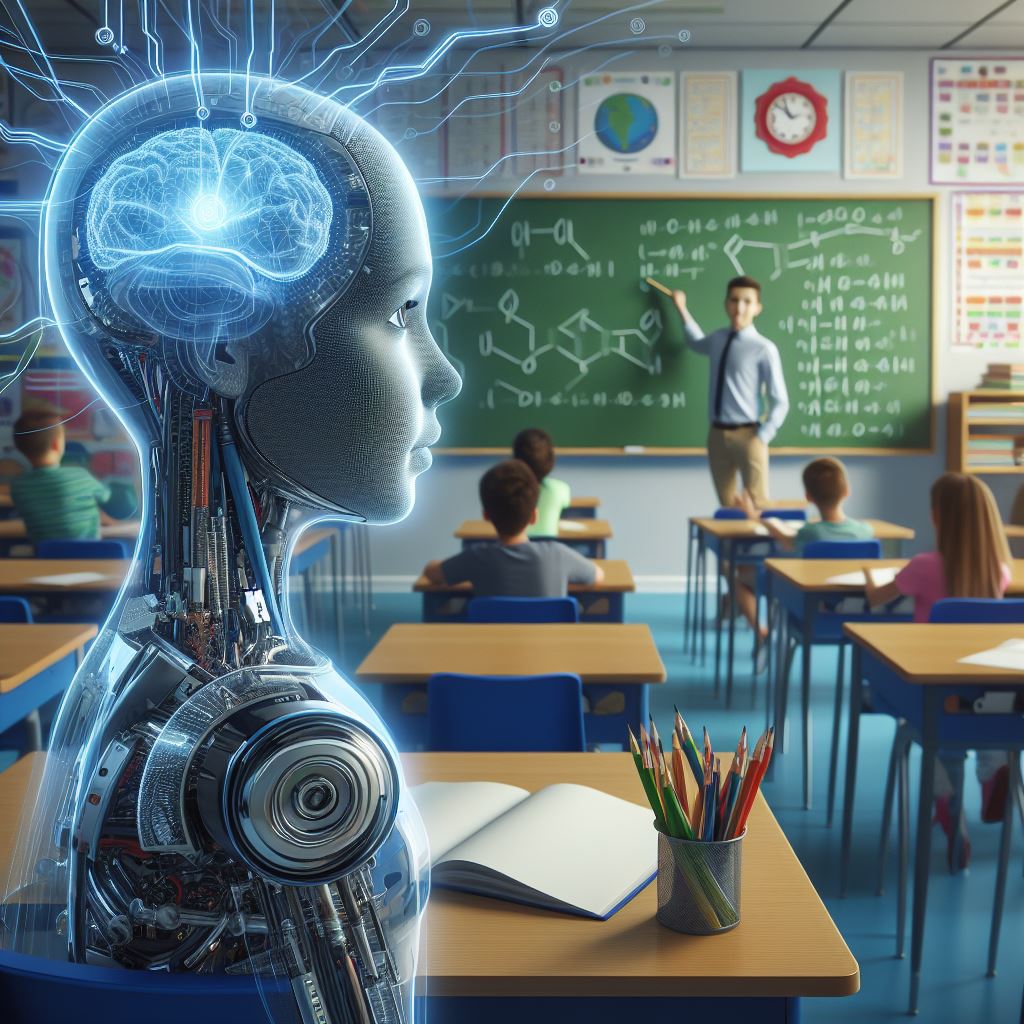As the discourse around artificial intelligence (AI) in education intensifies, it’s essential to navigate through the noise and understand the real impact of AI on K-12 education. While some enthusiasts prematurely herald the era of AI-driven classrooms, a closer look reveals a more nuanced reality. AI, particularly generative AI, is indeed making inroads into education, but not in the sweeping, all-conquering manner some predict.
AI’s presence in classrooms is tangible. Students and educators alike are leveraging these technologies, albeit with varying degrees of success and purpose. From assisting with homework to designing instructional materials, AI’s footprint is growing. However, this doesn’t translate to AI usurping the educator’s role. Generative AI, while a significant leap forward, represents just a facet of AI’s potential in education. More importantly, it is not a panacea that can be indiscriminately applied across all educational scenarios.
At its core, education, especially K-12, revolves around the educator. A good teacher’s ability to motivate, engage, and support students is irreplaceable. Machines, for the foreseeable future, cannot replicate these human-centric attributes. However, AI can play a pivotal role as a supportive tool. By catering to different learning styles and providing additional support to students in need, AI can enable educators to focus more on those who require their attention the most. It can also support different approaches such as “flipping the classroom” and other approaches to change the traditional educational model.
Indeed, the technology to revolutionize learning exists and has been around for over a decade. From advanced math solutions derived from engineering disciplines to innovative language learning tools, the potential is immense. These technologies are not just about replacing traditional methods; they’re about enhancing and supplementing educational experiences, leading to demonstrably improved outcomes.
Nevertheless, the journey from a technological capability to a fully integrated educational solution is complex and multifaceted. It involves not just the development of the technology but also the creation of accompanying content, alignment with curricula, seamless integration into classrooms, and ensuring privacy, especially considering the sensitive nature of dealing with minors. Moreover, educators need to see these solutions as assets, becoming proficient in utilizing them to enhance their teaching effectively.
This is also traditionally the domain of educational publishers who, in collaboration with schools, ministries, and experts, play a crucial role. Their expertise in understanding the intricacies of the educational ecosystem allows for the responsible and effective integration of AI technologies into the classroom.
In conclusion, while AI holds significant promise for transforming K-12 education, the journey is complex and requires a holistic approach. It’s about enhancing the educator’s role, not replacing it. It’s about responsible integration, not reckless implementation. Those predicting a rapid AI takeover of education would benefit from a broader perspective, considering the end-to-end challenges involved. After all, integrating new technologies effectively and meaningfully is a nuanced, intricate process, transcending mere technological considerations.

